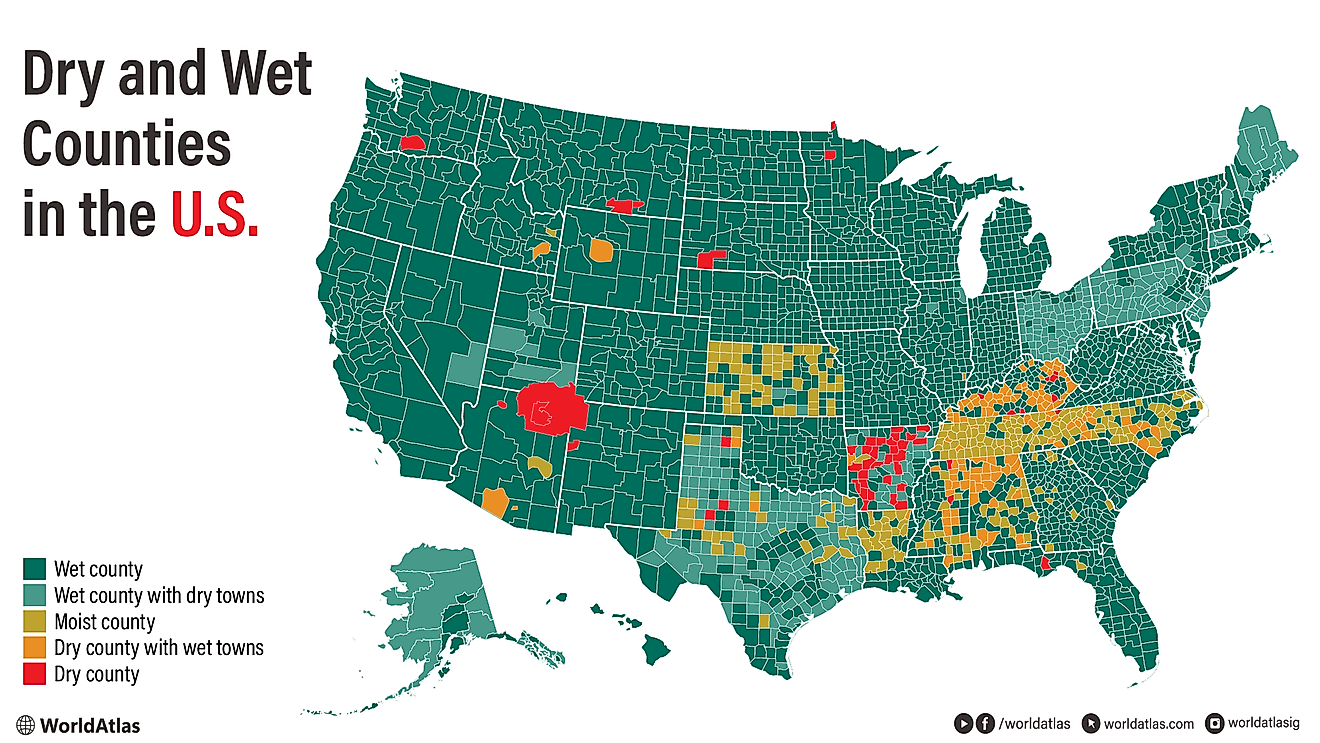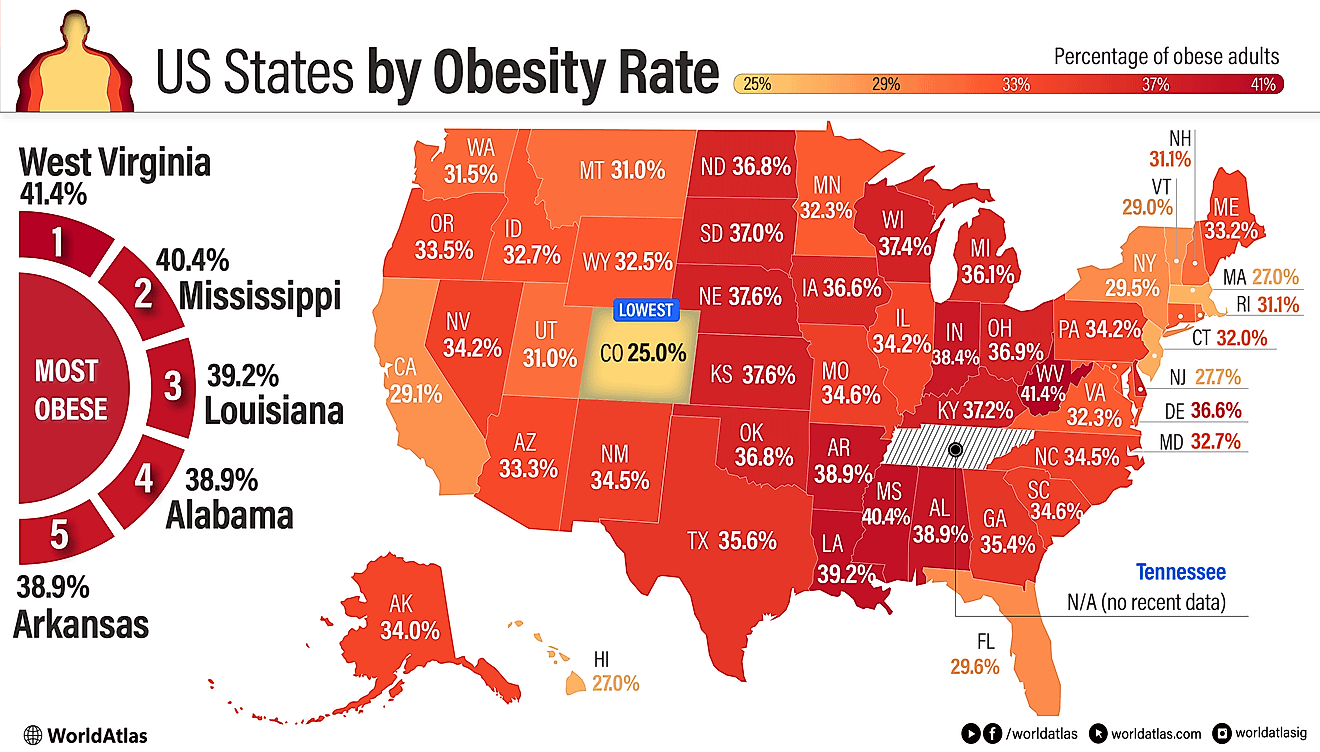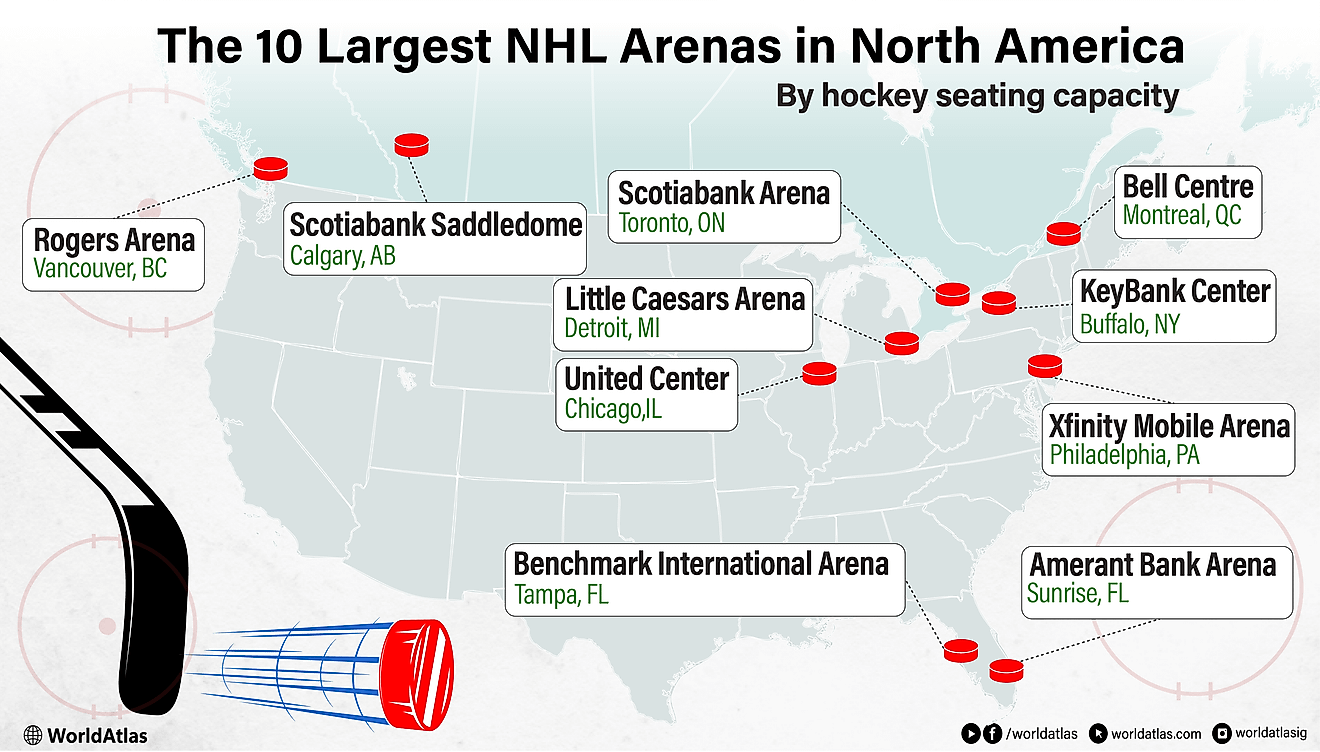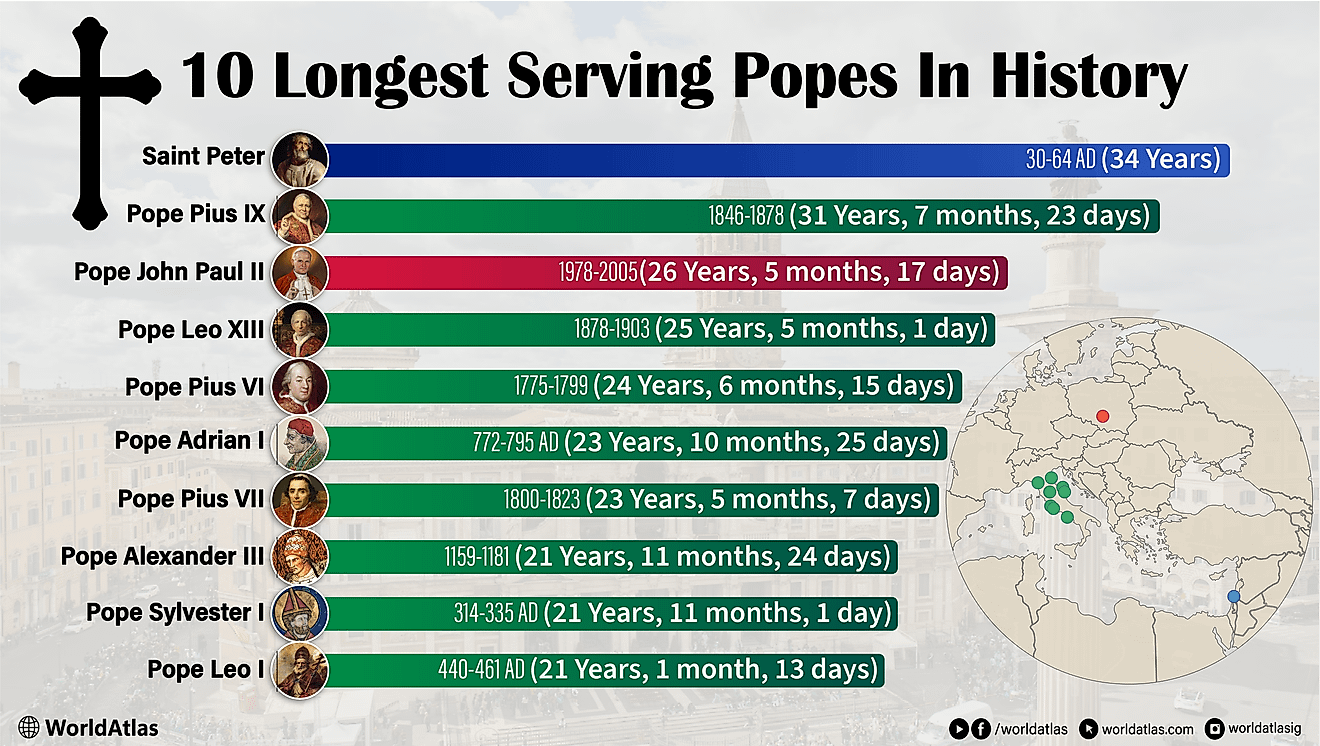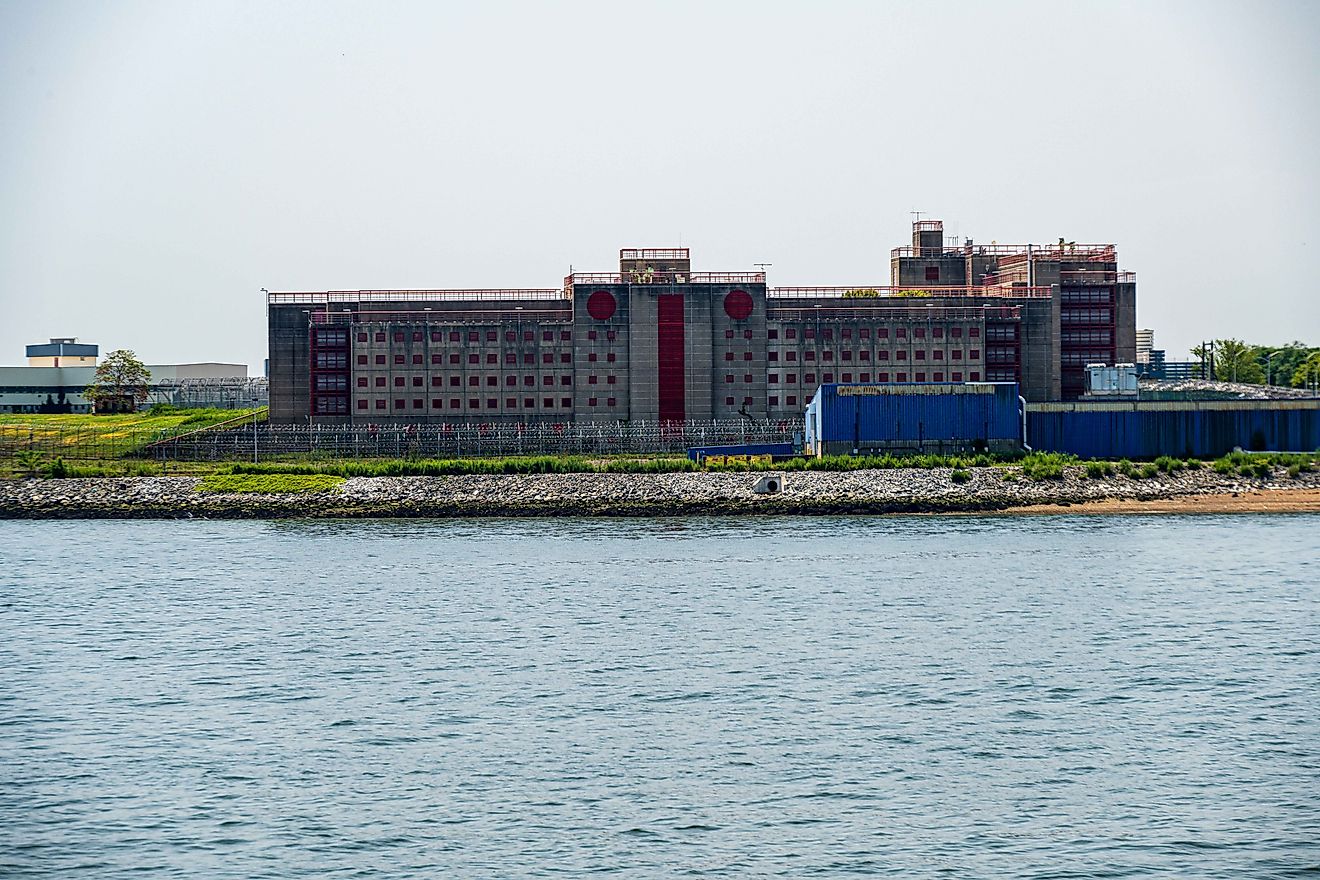What Was Disco Dance Music, And Where Did It Begin?
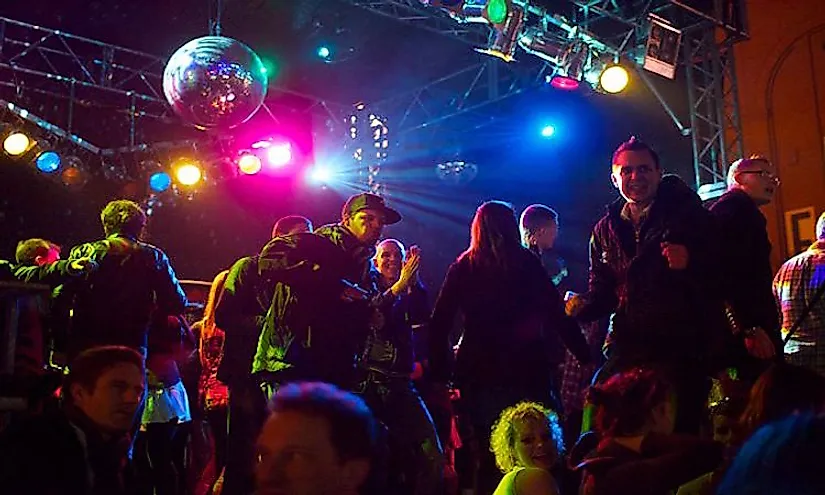
Disco music can be described as a genre of music which contains the elements of funk, soul, pop and salsa. It started in the US in the mid-1960s, and its popularity rose in the mid-1970s. Initially, it was popular among the American club goers especially gays, African Americans, Latino and psychedelic communities. The term disco was coined from a French word, discotheque, which means library of phonograph records. It is around the same time where the words DJ and disc jockey came into use. One of the reasons why the disco music gained increased popularity was the free-form dancing as well as the loud, overwhelming sound from the live performers.
5. Stylistic Overview and Characteristics -
The disco genre returned dancing to the center of pop music. The disco sound is a mixture o a steady four-on-the-floor beat a 16th note hi-hat pattern with a prominent electric bass line and an eighth note quiver. The background music is usually made of string sections, horns, electric piano and rhythm guitar. Sometimes instruments like the flute and lead guitars are used. Another characteristic of the genre is the use of flashy lights of different colors and use of musical drama. In the mid-1970s, the audience identified themselves with the DJ rather than the music. The sub-genres of disco include; Italo disco, Euro disco, space disco, disco polo, and nu-disco.
4. Origins -
The origin of disco music can be traced back in the early 1970s and emerged out of an urban subculture. Some analysts have asserted that disco is as a result of a reaction against the dominance of the rock music as well as stigmatization of the dance music by the counterculture that emerged during that time. The initial disco-like clubs were held in New York where private parties were held. A city DJ, David Mancuso held private underground house parties and was connected that no police raids were conducted in any of his businesses. He did this to create an ample environment for men to dance together without the fear of police action.
3. Spread and Evolution -
DJ David Mancuso played a pivotal role in development growth and spread of the disco music. In 1970, he established a member’s only club in his residence which attracted a huge number of gays who were being harassed in New York bars by the police. This act made the genre popular among the gay community. In 1974, disco radio show was aired in WPIX- FM. Apart from Mancuso, there was also other DJS who helped in spreading the music genre including; Nicky Siano, Shep Pettibone, Larry Levan, and Walter Gibson. The breakthrough of the disco music came in the late 1970s when disco songs started topping music charts. “Love Train” was the first song to top Billboard Hot 100. In the early 1980s, disco music was becoming very popular globally, and artists who were not primarily disco musicians made some disco songs.
2. Notable Artists -
The most notable disco artists had their career peaks in the 1970s. Topping the list is LaDonna Adrian Gaines who went by the stage name Donna Summer. She was also known as Queen of disco, First Lady of Love, Donna Gaines and Dona Sudano. She was active musically since 1968 to 2012 after she met her death. During her long career, she produced 32 hit songs which earned spots in the US Billboard Hot 100. Some of her hit songs are Lady of the Night, cats without claws, and Crayons which she produced in 2008. A band by the name KC and the Sunshine band was another big thing in the disco industry. It was formed by Harry Wayne Casey in 1973 and is still active to date. Their all time hit song is known as get down tonight. Other artistes include; Bee Gees, the Chic, Gloria Gaynor, and Boney M.
Cultural significance and legacy
1. Cultural Significance and Legacy -
Although the genre became less influential in the US in the 1990s, it left a huge impact. The minorities in the society such as gays, the black American, and the Hispanics could make it big in the Music industry. The great Sylvester who was a gay became a megastar who could even hire private jets to tour the world. The fashion taste of disco-goers is still felt to the present day. However, t is in this era that drug abuse and promiscuity hit an all-time high.
